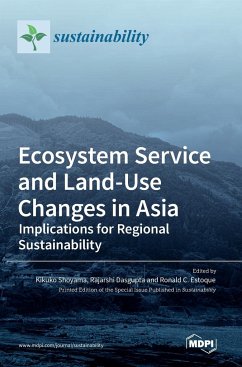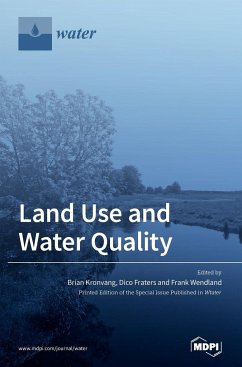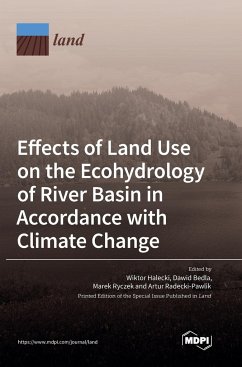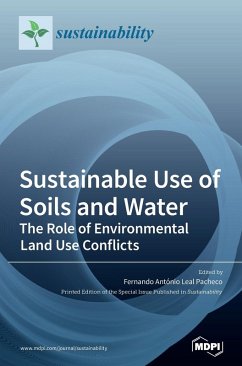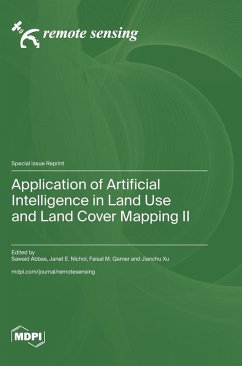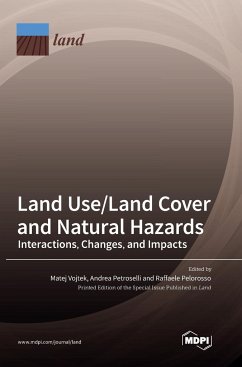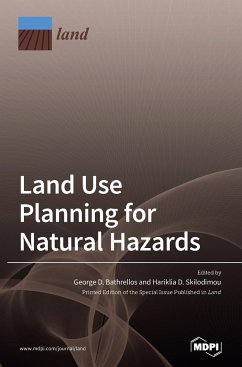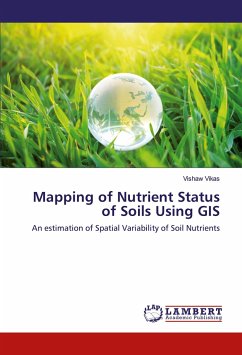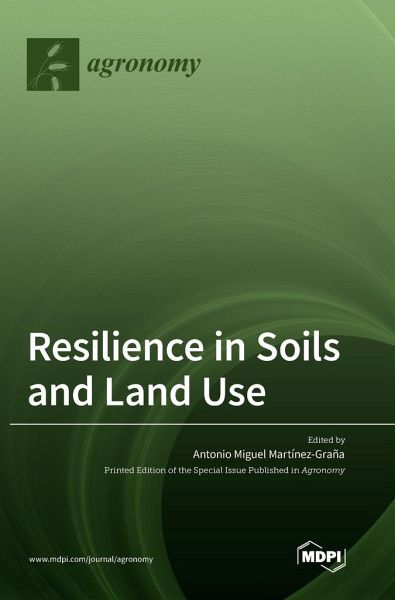
Resilience in Soils and Land Use
Versandkostenfrei!
Versandfertig in 1-2 Wochen
64,99 €
inkl. MwSt.

PAYBACK Punkte
32 °P sammeln!
Currently, studies on land use in territorial planning are of interest, the purpose of which was previously to analyze the aptitude of each type of land for a specific use, based on its ability to assume impacts and the potential that the land may have had. The analysis of erosive risks constitutes a parameter to take into account in said management. The scientific community, given the enormous social interest in monitoring and controlling the environment, is developing methodologies that allow such control that is more efficient. One of the environmental factors to consider is the soil, which...
Currently, studies on land use in territorial planning are of interest, the purpose of which was previously to analyze the aptitude of each type of land for a specific use, based on its ability to assume impacts and the potential that the land may have had. The analysis of erosive risks constitutes a parameter to take into account in said management. The scientific community, given the enormous social interest in monitoring and controlling the environment, is developing methodologies that allow such control that is more efficient. One of the environmental factors to consider is the soil, which constitutes the support for life and is one of the basic natural elements, which is evident in the European Soil Charter, of the Council of Europe, which says, in its first point: "The soil is one of the most precious goods of Humanity. It allows the life of plants, animals and man on the surface of the Earth". This European charter also highlights the scarcity and fragility of the edaphic resource, indicating that it must be protected through a greater effort in scientific research and interdisciplinary collaboration to ensure the rational use and conservation of soil.





